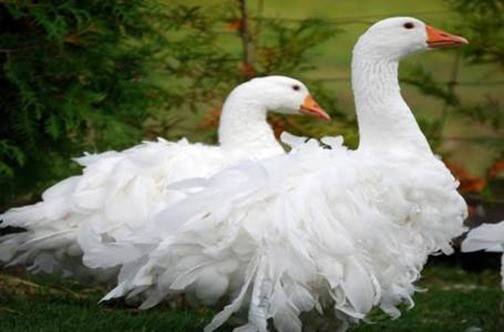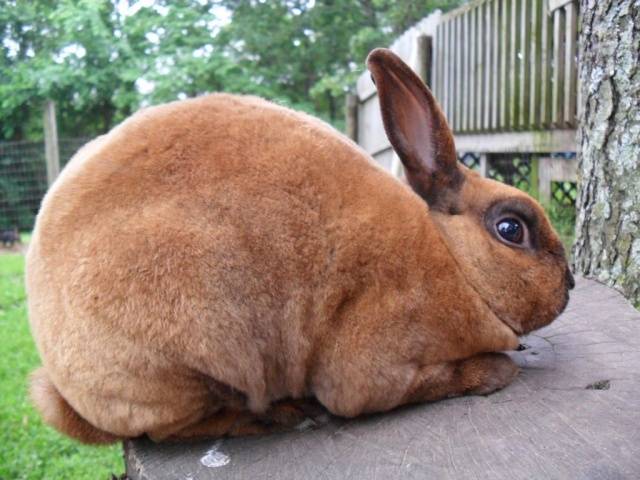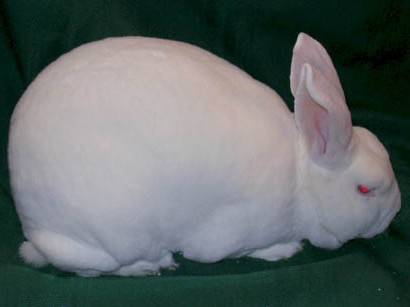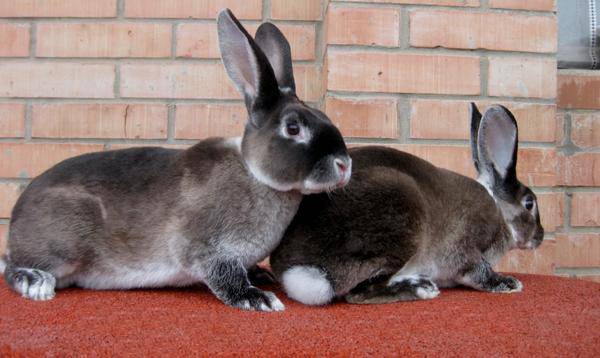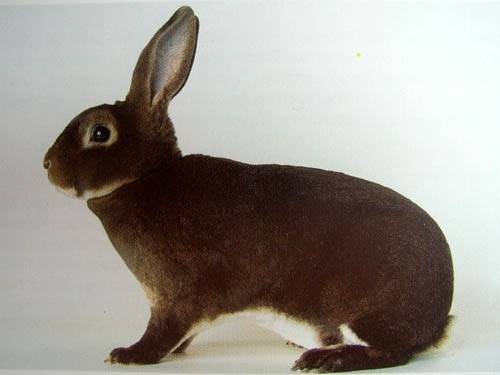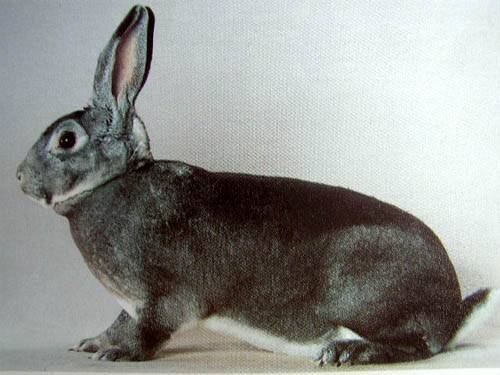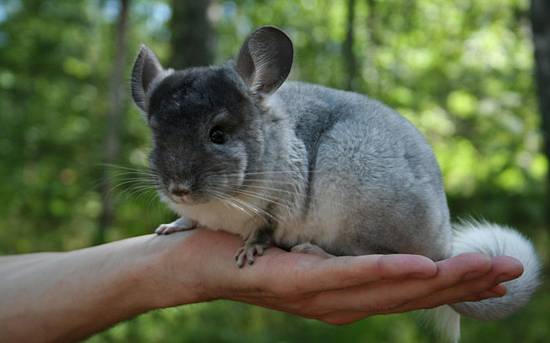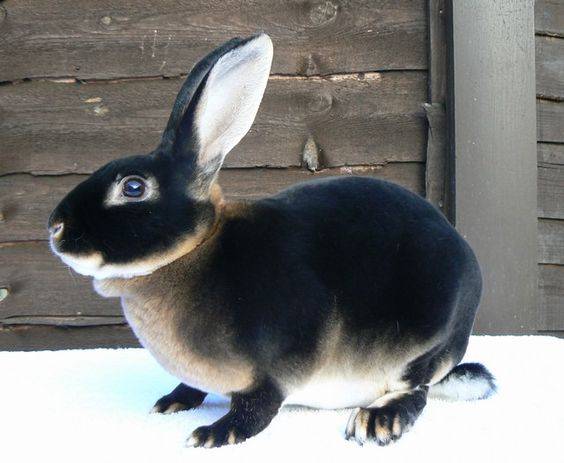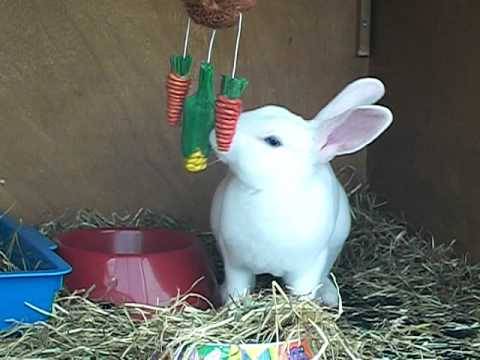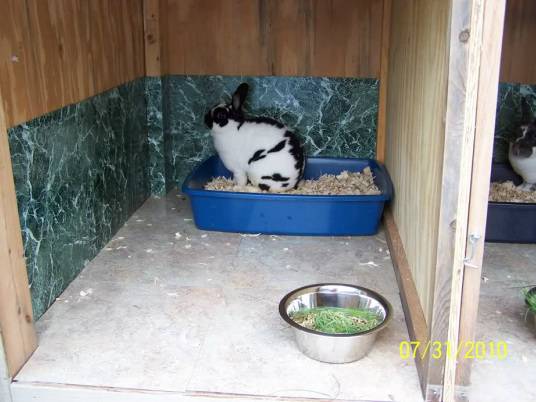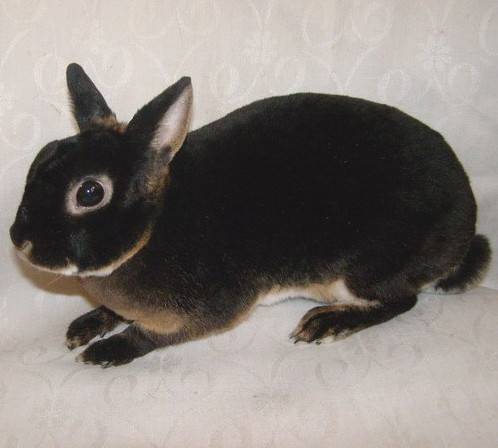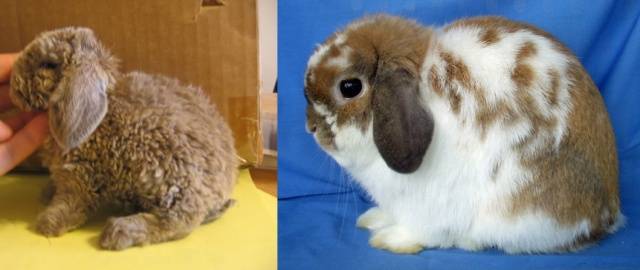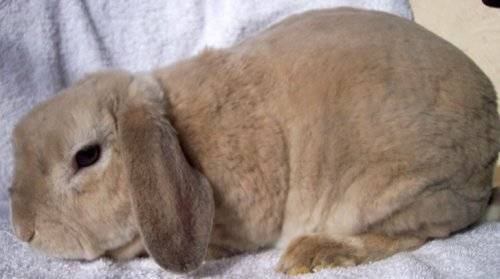Content
One of the few rabbit breeds, about the origin of which there are no legends and the date of its origin is precisely known - the Rex rabbit. The breed originated in France in 1919.
Then wild rabbits, which showed a mutation in the gene responsible for the development of wool, were crossed with domestic rabbits. Further breeding of offspring "in itself" led to the emergence of a new breed, first presented at the international exhibition of rabbits in Paris in 1924. In 1925, the breed was officially registered and named "Rex" - "king". Apparently, it was understood that such a fur is only for kings.
The appearance of this breed in the still young USSR resembles spy-detective novels. And not the fact that it is true. But this story illustrates well the laws of genetics and the nature of the gene responsible for changing the structure of the coat.
A little about genetics
Spontaneous mutations of this gene, which is responsible for the development of hair, do not occur so rarely, as a result of which animals with an original-looking coat appear. The gene is recessive and in nature it has little chance of manifesting itself. But man preserves and breeds such animals. Rex cats with wavy hair, three breeds of guinea pigs, a breed of geese with a curly feather.
One of the dog breeds - carriers of the mutated gene is very common in the world. This is a poodle.
But since the gene is recessive, it is easy to hide it by crossing a carrier animal with a representative of another breed that does not have this mutation.
It was this circumstance that the geneticist A.S. Serebrovsky, while on a scientific trip to Germany.
In the mid-1920s, the export of Rex rabbits from Germany was banned. But Serebrovsky crossed Rex with another breed. The gene is recessive. According to Mendel's law, it will not appear in the first generation. The dominant gene will cover it. This means that the offspring of a rabbit of state value and a rabbit of another breed did not look like Rex at all.
Since animals that did not belong to the breed prohibited for export were presented at the border, Serebrovsky was allowed in.
Further a matter of technology. Individuals of the exported droppings interbreed with each other. In the second generation, all according to the same Mendel's law, 25% of rabbits are obtained by Rex and another 50% are carriers of the desired gene. This is how the young Soviet Union acquired Rex rabbits, according to legend.
Confused only by dates. The breed was presented to the world in the mid-1920s in France, it immediately came from somewhere in Germany, and even with a ban on export, and at the same time a Soviet scientist smuggled out rabbits of this breed.
Description of the Rex rabbit breed
Standard Rexes are quite large. The weight of an ordinary Rex is from 3.5 to 4.8 kg. The body is compact, rounded. Often the body of an animal is wider than its head. Rabbits have a well-developed dewlap. The breed standard provides for 20 colors. The main groups are: white, blue, purple, agouti, black, chocolate and speckled.
The mutated gene causes the animal's fur to grow so that it does not lie on the body, but stands upright. In this case, the length of the guard hair is equal to the length of the undercoat. The undercoat of the Rex is very dense, the awn in the coat is hardly noticeable. Because of this, the fur of the animal gives the impression of velor. Curly hair is not allowed by the standard, except in those areas where the animal's coat is longer than usual. This is normally the area behind the ears.
It was the quality of the wool that determined the value of this breed of rabbits. Such wool can be easily imitated under the more valuable fur. And since when crossing with other breeds, it will still be possible to get a Rex, a lot of work was done on the colors.
Rex Marder
The highly prized marten fur has been imitated through the development of a marder rabbit. Moreover, today Rex Marder rabbits exist in two versions: regular and dwarf. Of course, no one bred dwarfs on the skin, they are popular due to their interesting color.
Castor Rex
The castor rex rabbit skin imitates the valuable beaver skin in color. Castor is translated and means "beaver". It is not known, however, how much the fashionistas were inspired by such a skin, but this color is very popular among lovers of mini-rabbits.
Rex Castor. Expert assessment
The third variant of the “valuable fur” Rex rabbit is the chinchilla.
Rex chinchilla
If we compare it with a real chinchilla, which gives expensive skins, then Rex fur is much more convenient to fake a chinchilla than the fur of other rabbits of this color.
The photo clearly shows that chinchilla fur is much more similar to rex fur than to the fur of a chinchilla rabbit of any other breed. But the chinchilla rabbit for amateurs, after all, is not as attractive as a marder or castor.
Many other Rex colors no longer imitate anyone, but are simply often very original and beautiful.
Rex character
Western owners rabbit breed Rex claim that these animals have one of the most highly developed intelligences among rabbits. Rabbits have a well-developed maternal instinct and they even accept other people's rabbits. Thanks to the high intelligence, the Rex can be kept together in the same apartment. However, there is one pitfall here.
In addition to the ability to get along with a representative of their breed, rex rabbits also have a desire for physical movement. Rex takes a meter high barriers effortlessly. Rex's behavior is very similar to that of a cat.
Now imagine that in the house there are two cats weighing almost 5 kg, who decided to play. Yes, just like with a cat: everything that the rex can reach must be removed. Breakable objects will be smashed, and gnawing objects will be eaten. The state of affairs will not change much, even if you get dwarf rex. Almost 2 kg of muscles and bones being carried at high speed is also sensitive.
But the rex has merits that outweigh such minor inconveniences: they are easily litter-trained and well-trained. They can be trained to approach on command and stand on their hind legs. And in agility it is one of the best breeds.
How to properly maintain this breed
Rex is a fluffy rabbit. Due to its undercoat, it can easily withstand frosts down to -20 ° C, but it does not tolerate heat very well. For him, + 25 ° C is already the limit, after which he can die. The optimal temperature for a Rex will be from +15 to +20 degrees. This is the room temperature at which these animals can be kept even in an apartment.
If the rabbit is to be kept outdoors, a waterproof shelter should be provided. For a fluffy rabbit, whose fur does not lie so that the water rolls down on it, but stands vertically, getting wet under jets of cold rain can end in death from pneumonia.
The cage should be large enough for the animal to frolic and stand on its hind legs. It is necessary to equip a shelter from the wind and a place where you can bask in the sun. It is necessary that the animal has a shelter that imitates a burrow, where it could calmly rest or hide from the weather.
The animal's diet must include hay and full-feed granules. For grinding teeth, you can give branches of hardwood trees. But stone fruit trees should be avoided due to the high content of hydrocyanic acid in the bark. You can put an aspen or birch forest as a toy and change it as you nibble the bark. The pet will not do without water. It should always be clean and fresh.
However, similar rules apply to caring for decorative rabbit... To properly care for an industrial one, it is enough to follow the standard rules for keeping animals on rabbit farms: regular feeding with pellets 2 - 3 times a day; constant availability of hay; succulent feed is usually given in private farmsteads in order to save money; vaccinations on schedule; regular cleaning and disinfection of cells.
Breeding
This breed has low fertility. The rabbit brings only 5 - 6 cubs. Rabbits grow slowly, gaining 2.3 kg by 4 months. At the limits of the weight of representatives of the large variant of the breed, 2.5 - 5.0 kg. With the fall in demand for fur, the breeding of this breed has completely passed to amateurs.
Rabbit with a brood
Dwarf breed variety
The fall in demand for furs, but the growing interest of consumers in keeping decorative rabbits in their homes could not pass by this breed. Even a large fluffy rabbit aroused affection and a desire to stroke the velor skin. The result of this interest was the dwarf Rex rabbit.
Breed characteristics
Dwarf Rex is a rabbit with a dwarf gene and, as a result, short legs. Because of this, his torso looks stocky. According to the new breed standard adopted in 1997, the weight of a dwarf should be in the range of 1.2-1.4 kg. Animals weighing less than 1 kg and more than 1.6 are not recommended for breeding. The rest of the dwarf is similar to large representatives of this breed with a proportional decrease. If the wool of large individuals should be 1.8 - 2 cm long, then in a dwarf it is shorter.
In a quality dwarf, the coat should return to its original position. If the wool remains "lying" in the direction of movement, then the pile is too thin, and this is unacceptable in the breed.
The ears of a dwarf are 5.5 cm long, but not more than 7 cm.The width of the head in rabbits is 5.5 cm, in rabbits it is 5 cm.
Dwarf rex
Other Rex based breeds
Already recently, with the addition of the blood of Rex rabbits, plush folds of two variations were bred: miniature and standard. Moreover, the miniature one was bred first. It turned out in two variations. In the photo on the left is a curly plush fold-eared, on the right a fold-eared Rex type.
Standard plush folds were obtained in 2002 in Australia by crossing miniature folds with large representatives of the Rex breed.
There are several more generations of "plush" rabbits, but they are recognized by one association as a breed, the other is not, and vice versa. And until the associations of rabbit breeders themselves have not figured out among themselves and with these breeds, it is better not to talk about new breeds of rabbits for now.
It is hardly possible to get rich on breeding these original varieties of rabbits, but you will definitely be able to get a lot of positive emotions from a smart and mischievous animal.
